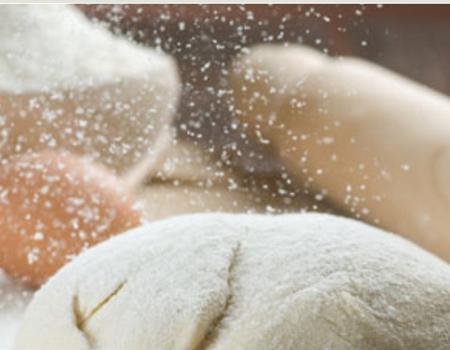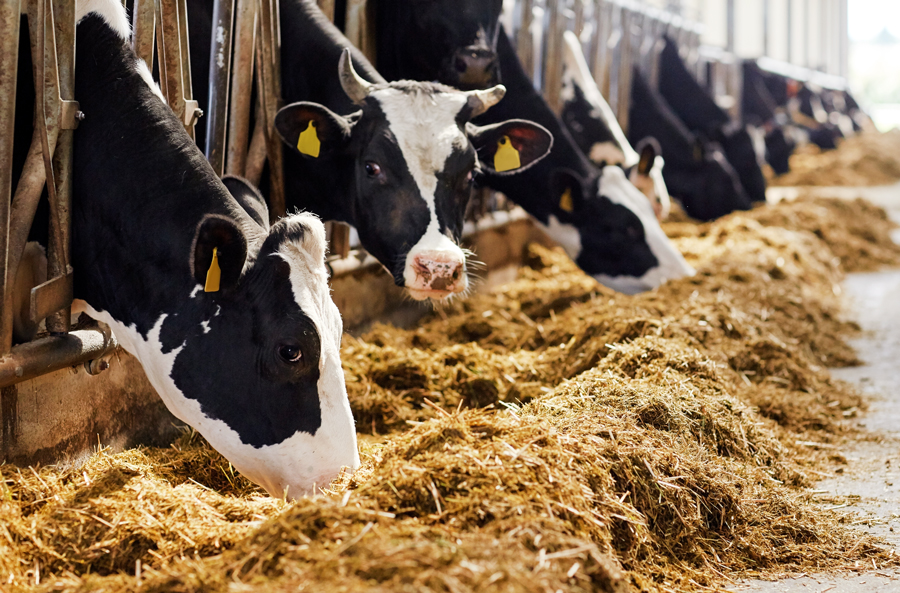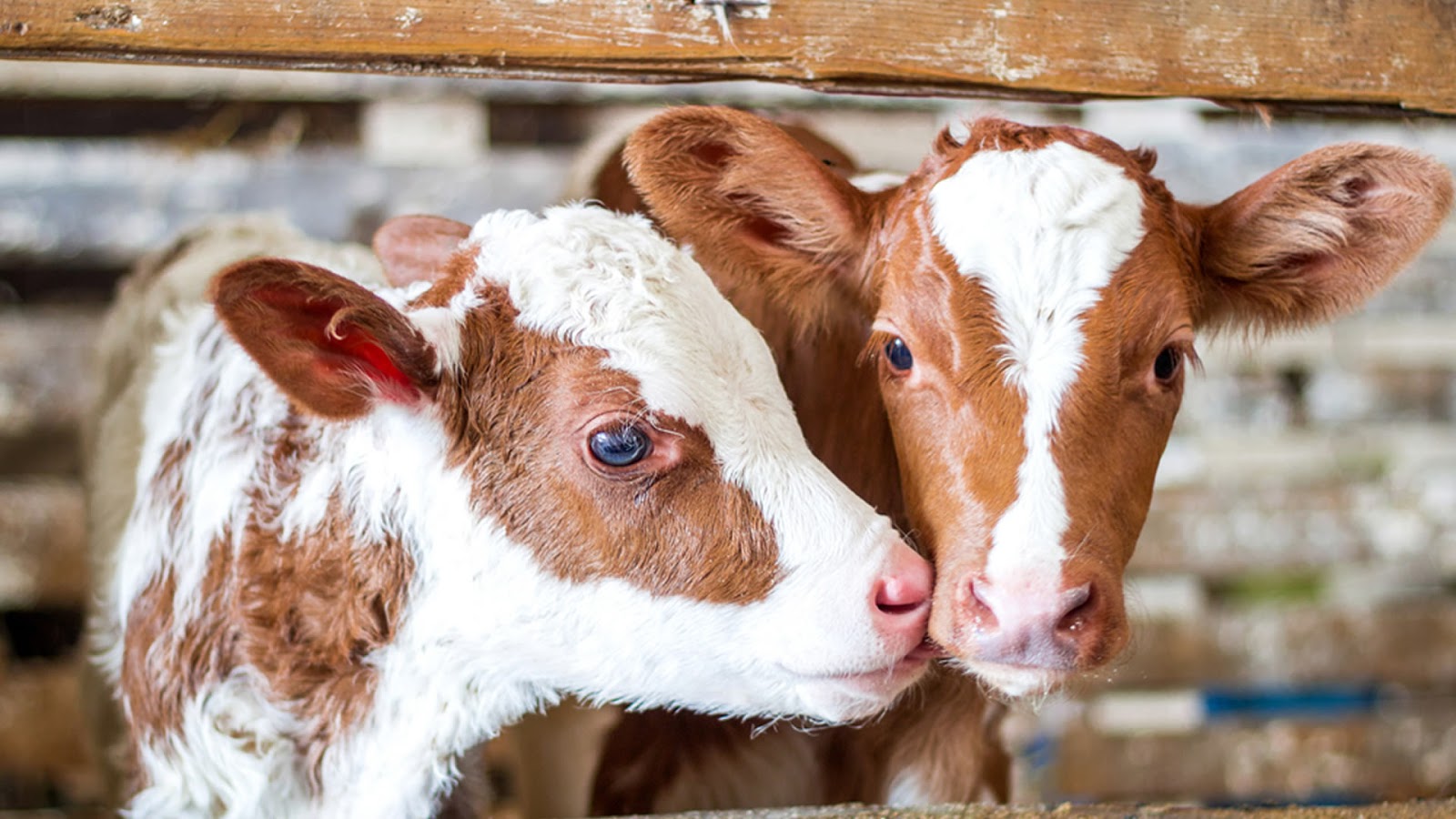Xylan is the second most commonly found naturally occurring renewable polysaccharide on earth. It is a complex heteropolysaccharide consisting of various monosaccharides such as D-mannose, L-arabinose, D-galactose, and organic acids.
Xylanase is abundant in nature and various microorganisms such as bacteria, fungi, yeast, and algae are widely used in their manufacture. You can find more information about the best xylanase enzyme via the web.

Image Source: Google
Microbial xylanases have different substrate specificities and biochemical properties, making them suitable for different applications in industry and biotechnology. The suitability of xylanases for use in food and feed, paper, cellulose, and pharmaceuticals has resulted in increased demand for xylanases worldwide.
Xylanase is mainly produced by microbes such as viruses, bacteria, and actinomycetes on an industrial scale. The use of lignocellulosic biomass (LCB) to produce unique biochemicals such as bioethanol, enzymes and value-adding compounds has increased significantly over the past few decades.
This allowed scientists to investigate the hydrolytic potential of the xylanase for effective LCB saccharification for ethanol and xylooligosaccharide production.
Xylanase is widely used as a biocatalyst in grocery stores. However, due to the complexity and accelerated development of the food sector, xylanase needs to become more effective, diverse, and very popular.
Therefore, basic structural design and basic biochemical knowledge need to be used as guidance and further focus on the catalytic properties of xylanase to improve food quality, reduce production costs and achieve sustainable development.


